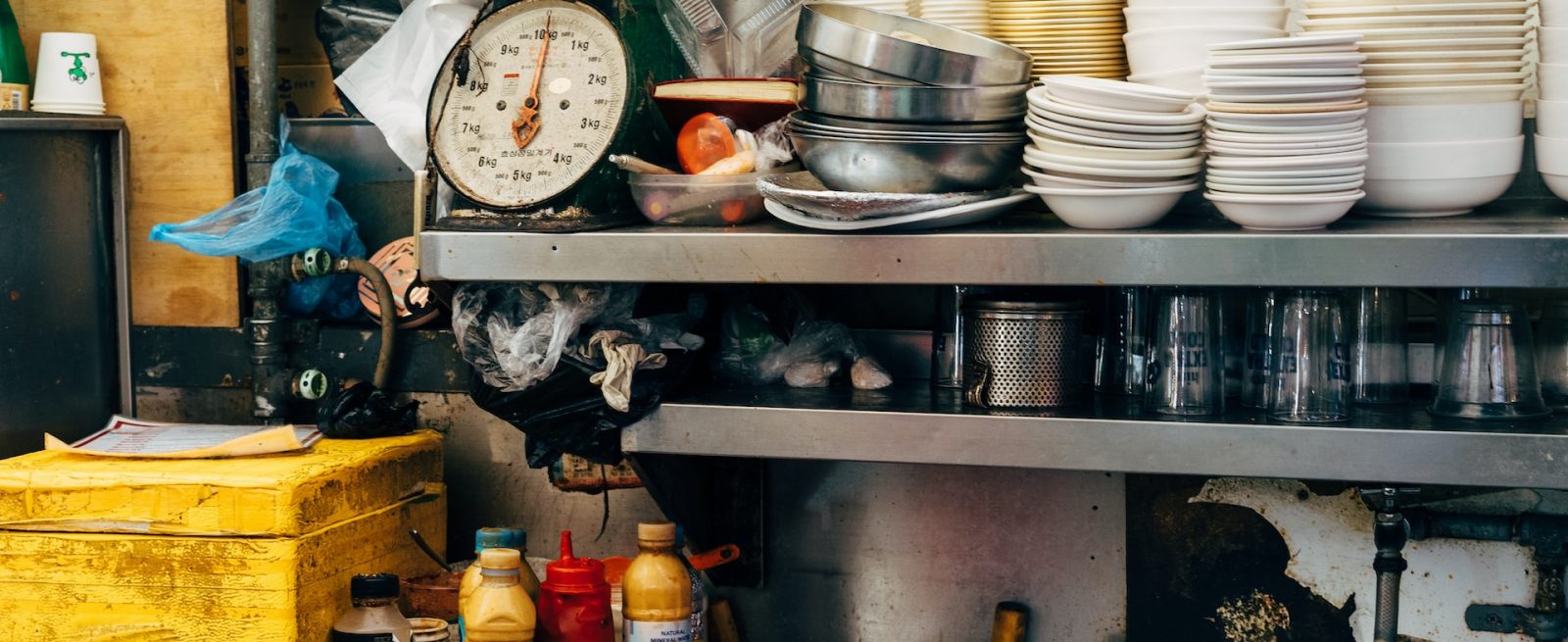Prioritizing Restaurant Maintenance – The Recipe for Long-Term Success
4 Min Read By Bryan Christiansen
There are many factors that drive the bottom line for restaurants and properly managing maintenance is chief among them. Maintenance impacts multiple critical aspects of restaurant management and operations. Restaurant maintenance ensures technical difficulties don’t compromise food production and quality. Proper maintenance is also essential to customer satisfaction, retention, and word-of-mouth reputation building. Just ask the manager of the brunch spot who can’t serve pancakes because the griddle is broken — again. This article will provide insights into restaurant maintenance strategies, best practices to implement them, and tips and tricks to drive long-term success.
Maintenance needs vary based on restaurant size, food variety, and cooking style, but all restaurant maintenance can be divided into two overarching categories: restaurant equipment maintenance and restaurant facilities maintenance. Equipment maintenance is essential to the core business model of any…
Sorry, You've Reached Your Article Limit.
Register for free with our site to get unlimited articles.
Already registered? Sign in!


